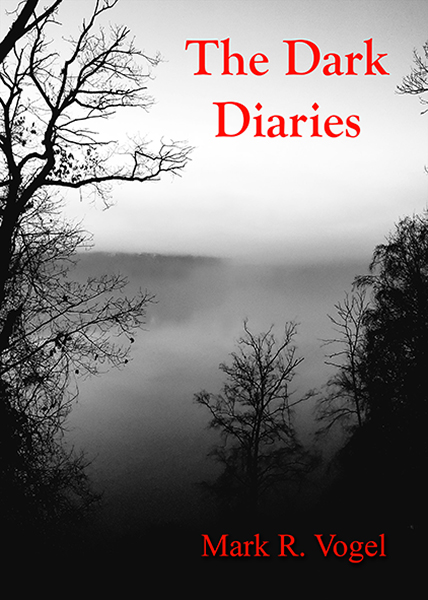Gil Kenan’s Monster House, one of the charter films in which a live actor’s movements are recorded before they are “animated” via a digital coating, is a disconcerting effort in two primary aspects: its projected audience and the manner in which its characters are visually depicted as well as the manner in which they act and speak. What results is an interesting work whose niche has already been carved in that it is the only “new wave” animated Halloween feature for the 21st century which, not surprisingly given one of the producers, ironically resembles Steven Spielberg’s, er . . . Richard Donner’s The Goonies.
On October 30, three burgeoning teens–DJ (Mitchel Musso), Chowder (Sam Lerner), and Jenny (Spencer Locke)–discover that the house directly across the street from DJ is in fact alive and, worse yet, eating people. After vainly attempting to alert others to the fact, they decide that, in order to save the lives of countless hapless trick-or-treaters, they must confront the poltergeist themselves.
Many a parent would initially be offset by the citation that Kenan’s film posits references to Chuck Russell’s A Nightmare on Elm Street 3: Dream Warriors, Stuart Rosenberg’s The Amityville Horror, George Romero’s Monkey Shines, and Steven Spielberg . . . er, Tobe Hooper’s Poltergeist, yet the director does so very innocently and to little serious effect outside of merely having fun. However, beginning with the manner in which he presents and directs his characters, the work should raise some parental eyebrows.
The most derisive component to the work is the malicious manner and tone of the characters. Not only do we witness Jenny conning DJ’s babysitter, Zee (Maggie Gyllenhaal), into laundering the emergency funds which were left to her, but we have an African American police officer named Officer Lister (Nick Cannon) telling his Caucasian teenage suspect, “Come on 2%, get in the car,” atop (feel free to pause to pick up jaw from floor because, yes, the list has yet to end) the portrayal of an obese wife, Constance (Kathleen Turner) being literally as well as metaphorically depicted as being as large as a house.
The cutting-edge animation by Imageworks is indeed eye-catching yet leaves the viewer with a sense of disquiet. Granted, one could easily cite this as being intentional but on that note, let me put it another way: The style in which the characters are visually depicted lends a Lynchian air to the proceedings with a waif immediately following of Tim Burton’s unchildlike children’s book, The Melancholy Death of Oyster Boy: and Other Stories. To put in yet another light, though Burton’s A Nightmare Before Christmas boasts of strange characters, they are nonetheless cast in a warm light in lieu of their an alien environment whereas Kenan’s work attempts to be normative to a large degree and, as we all know, the sound of a facet periodically dripping will irritate a lot more readily than if the tap was turned on full-blast.
The next facet of Monster House which still has me scratching my head is who exactly the intended audience is in that the film is too daunting in its horrific imagery and involved dialogue to sincerely appease PGers, is obviously too childish on basic principle for a PG-13 audience (though there is a lot of empathy to be had by such a demographic), and is much too earnest in its maliciousness disguised as true-to-life verisimilitude amid a gaggle of logical inconsistencies and plot implausibility to generate applause from the grownup sector. Thus, if a target audience could be found, I would gladly attempt to view the work with said audience in mind yet I have, thus far, been unable to discern who exactly Kenan is trying to reach with his work. Meanwhile, as I have already stated, what is left is the fact that most every major viewing faction will be turned more off than on for the various aforementioned reasons.
Of course, though the manner in which the characters are presented is indeed revolutionary, the story itself is plagiaristic at best. For anyone with a pulse, it will become readily apparent that the triad of an upright, dark-headed lead who is given a chubby sidekick only to be later met with his equal in the form of a whip smart lassie who instantaneously becomes the boys’ love interest screams Potter, Potter, Potter. But wait, let’s review once more: We have a “chunky” male character who falls into several “booty traps” throughout the young casts’ voyage narrative which begins at home and ends with the use of explosives. Sound familiar? Here’s a hint: Steven Spielberg did had a hand in Kenan’s production as co-executive producer. Right . . . can anyone say The Goonies?
Indeed, Gil Kenan’s Monster House is a ground-breaking effort. Not only is his unspecified audience given very fluid, original animations, but he has his Xeroxed caricatures utter racial slurs as he vindictively portrays otherwise sympathetic, overweight characters within a storyline which we all know and grew to love over twenty years before. And to think, a lot of parents had trouble with the idea that the Smurfs were based on Communist principles . . . .
-Egregious Gurnow
- Interview with J.R. Bookwalter - January 22, 2015
- Interview with Andrew J. Rausch - January 22, 2015
- Interview with Rick Popko and Dan West - January 22, 2015
- Interview with Director Stevan Mena (Malevolence) - January 22, 2015
- Interview with Screenwriter Jeffery Reddick (Day of the Dead 2007) - January 22, 2015
- Teleconference interview with Mick Garris (Masters of Horror) - January 22, 2015
- A Day at the Morgue with Corri English (Unrest) - January 22, 2015
- Interview with Writer/Director Nacho Cerda (The Abandoned, Aftermath) - January 22, 2015
- Interview with Actress Thora Birch (Dark Corners, The Hole, American Beauty) - January 22, 2015
- Interview with Actor Jason Behr, Plus Skinwalkers Press Coverage - January 22, 2015


